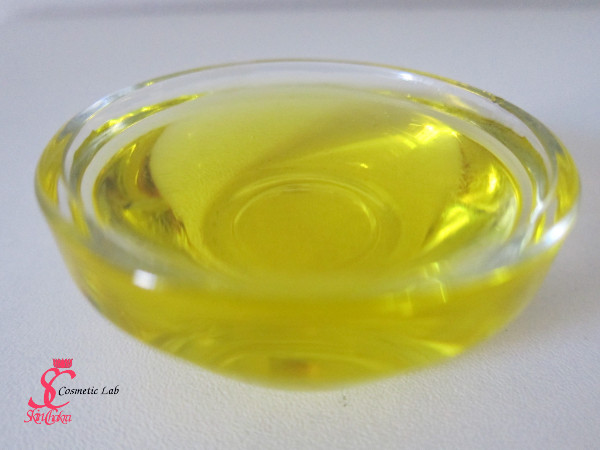Ready for a short lesson in Cosmetic Chemistry?
Let's talk about butters, fats, oils and waxes.

It's a little bit confusing: To distinguish between butters, fats, oils and sometimes waxes.
Thanks to industry and commerce who offer oil rich creams as butters or emollient shower gels as shower oils it's getting more complicated everyday.
I've even seen Online shops which mix up/misuse essential oils, plant oils and infused oil. So let us refresh our chemical knowledge regarding lipids, waxes, oils and co.
Fats, waxes, oils and fatty acids may have a natural origin (plant or animal), be prepared in the laboratory or be derived from petroleum. (Have patience, we'll come to the exact definition of butters, oils and co.)

The synthetic origin is not interesting to us. We deal only with the natural origin (plant or animal).
Fats, oils, waxes, butters as well as fatty acids all belong to a group of natural chemicals called LIPIDS.
Lipid is derived from Greek, meaning fat and it is a collective name and covers almost every natural compound which is insoluble in water (hydrophobe) and is, as a matter of fact soluble in a nonpolar solvent (lipophile).

Let's have a look at the complete family of lipids before we continue with our main subject: Fats & oils.
Lipids are categorized in: Membrane lipids (these are substances which make the membrane of our biological cells). Phospholipids, Glycolipids and Sphingolipids belong to this group. Another subgroup is Isoprenoids consisting of Steroids and Carotenoids. So you see that Cholesterol or beta-Carotene belong to lipids as well.
The most important group however, from our point of view consists of fatty acids, waxes and triacylglycerids.

Click here for part two. Don't miss this interesting series of articles.

skinchakra.eu am : PingBack
Swettis Beauty Blog am : Fatty acid spectrum of fats and oils